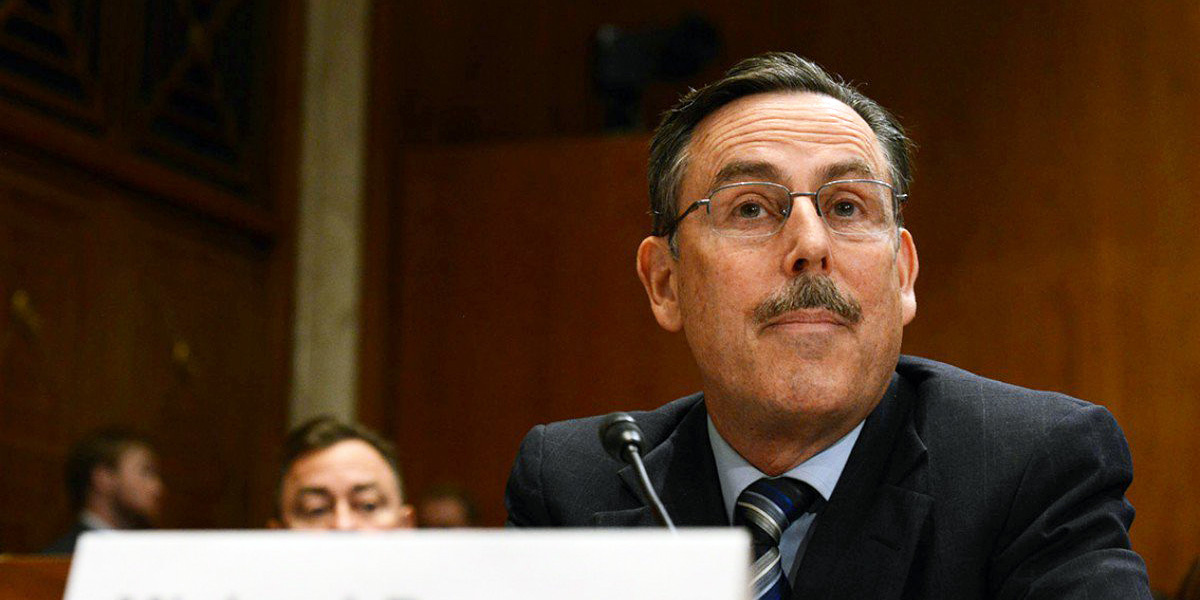

Last week, the New York Times reported on the withdrawal of the nomination of Michael Dourson to head the U.S. Environmental Protection Agency’s (EPA) chemical safety office—which we applauded as a win for public health.
The Times article mentioned and provided a link to a 400-page trove of emails to and from Dourson that were obtained through a Freedom of Information Act request filed in August by Greenpeace to the University of Cincinnati, where Dourson previously worked.
The emails shine a rare spotlight on a network, of which Dourson and the American Chemistry Council (ACC) are a part, that operates largely out of public view. It involves a coordinated effort between the chemical industry and its private and academic consultants to generate science that invariably supports the safety of the industry’s chemicals, and pushes back against any regulatory and academic science that indicates otherwise. The emails make for very interesting reading, if you can skip through the myriad emails about scheduling calls and meetings (which make up the bulk of any of our inboxes, I suspect).
To pique your interest, let me start with one email relating to Dourson’s nomination.
His nomination was publicly announced by Scott Pruitt on July 17. But nearly two months earlier, in an email (see page 178) dated May 23 and marked confidential, Dourson wrote to Kimberly White at ACC to let her know of his “appointment,” and also alluding to the possibility (which came to pass) that he would be hired as an advisor before being confirmed:
Based on the recommendation of EPA Administrator Pruitt, President Trump has appointed me as the Assistant Administrator of the Office of Safety Assessment and Pollution Prevention. EPA wants to get my senate confirmation scheduled before the August recess. They may also want to hire me into the Agency in July, which apparently they can do as soon as the announcement is made. The announcement is made after background checks are completed (40 days is typical). At this point, please keep news of this appointment under wraps.
Now, ACC is no doubt upset by the Dourson withdrawal, having hired Dourson repeatedly to help defend its companies’ chemicals and never wavering in support of his nomination. So it should come as no surprise that ACC is also unhappy with the Times’ release of the emails, especially given that a large fraction of them involve communications that include Dourson and ACC employees.
Last Thursday the ACC took to its blog to object to the Times article as “misleading.” The only specific it takes issue with, however, is that the article “paints a dubious picture of emails between one of our employees and Dr. Michael Dourson.”
ACC’s specific beef is that the Times flagged emails showing that Dourson and his university colleagues had exchanged drafts of a paper they were working on with an ACC staffer. ACC pointed out that the staffer in that case was a co-author of the paper. Fair enough.
But ACC’s nit conveniently ignores other emails. One chain shows direct communications between Dourson and ACC involving another paper he co-authored that was in the final stages of publication in Dourson’s go-to journal. Even though no one from ACC is a co-author on this paper, Dourson’s emails indicate not only that ACC had the galley proofs of the paper, but that ACC staff seemed to be the keeper of them (see chain around page 213).
ACC’s blog post goes on to cite its policy that scientific conclusions and judgments drawn by outside parties ACC hires are not subject to its control. But that policy goes on to state that “the Council shall have the right to review such judgments and conclusions” for “clarification, and format and editorial comments.” Seems like an elephant could slip through that opening.
Recall that ACC recently embraced EPA Administrator Pruitt’s new directive that bars EPA-funded scientists from serving on any agency advisory panel. The outlandish premise behind the directive is that EPA and the extramural researchers it funds are somehow in cahoots to find problems the agency can then regulate. So it’s worth noting that, unlike ACC’s contracts, EPA grants have no allowance for EPA to pre-review or edit the papers of researchers it funds.
But back to the emails, when ACC says there’s no there there in them, don’t believe it.

 233k
233k  41k
41k  Subscribe
Subscribe 